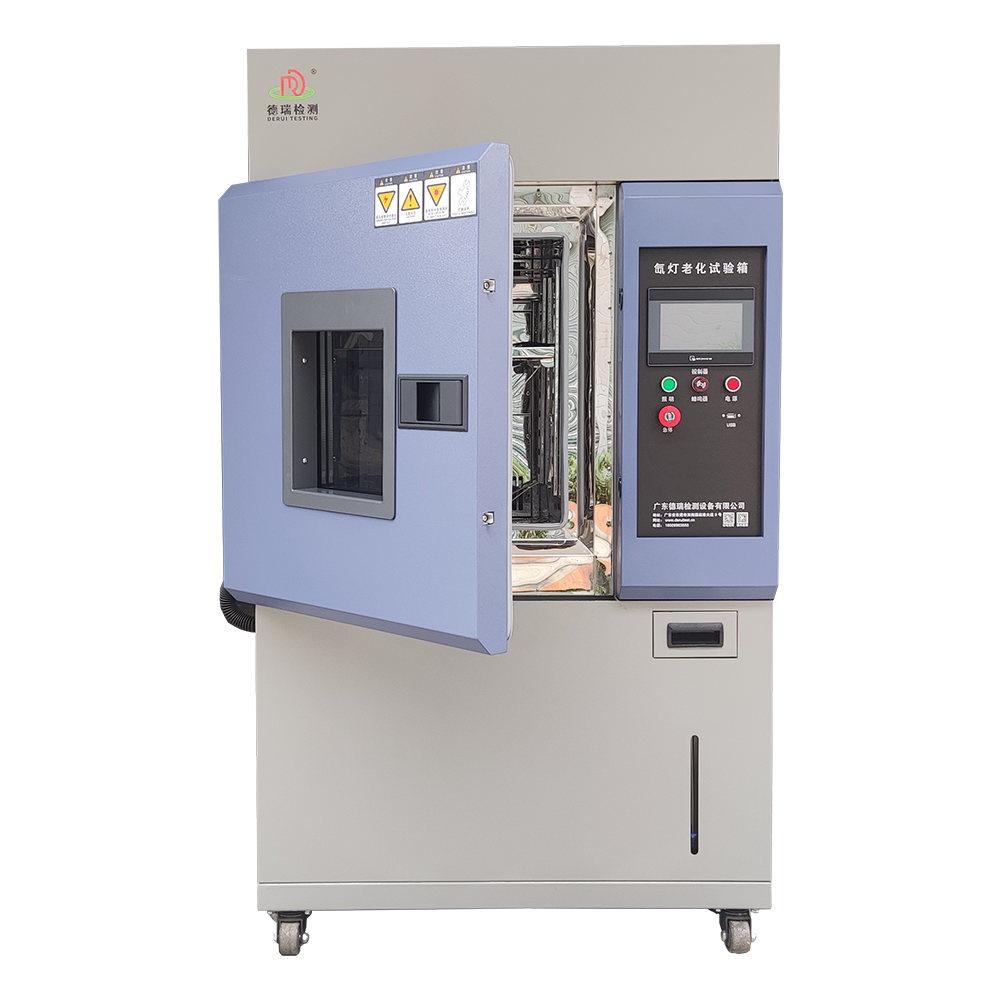
Xenon Test Chamber for PVC Roofing Membrane Durability ASTM G154 Hydrolysis and UV Resistance Test
Product Details:
Xenon Test Chamber for PVC Roofing Membrane Durability ASTM G154 Hydrolysis and UV Resistance Test Price And Quantity
- 598005.0 INR/Unit
- 1 Unit
Xenon Test Chamber for PVC Roofing Membrane Durability ASTM G154 Hydrolysis and UV Resistance Test Trade Information
- Cash in Advance (CID)
- 100 Unit Per Month
- 10 Days
- All India
Product Description
| Model | DR-H301 |
| Internal dimension (WxDxH) | 500*600*500mm |
| External dimension (WxDxH) | 1000*1000*1750mm |
| Temperature range | RT+10~ 60 (suggest to use 402) |
| Temperature Fluctuation | 1 |
| Ozone concentration | 50~1000 pphm, adjustable |
| Ozone concentration deviation | 10% |
| Sample holder | SUS#304 stainless steel |
| Temperature controller | Programmable touch screen controller |
| Ozone concentration analysis | Concentration analysis meter |
| Ozone generator | High pressure silence discharge type |
| Protection system | Leakage, short circuit, over temperature, over heat |
| Test criteria | ASTM D1149, ISO 1431, JIS K6259... |
The Xenon Test Chamber for Roofing Membrane Durability is a precision-engineered system designed to simulate extreme environmental conditions, enabling manufacturers to evaluate the long-term performance of roofing materials under accelerated UV exposure, temperature fluctuations, and humidity cycles. Tailored for Indias diverse climatefrom scorching summers to monsoon rainsthis chamber ensures compliance with global and Indian standards, empowering businesses to deliver roofing solutions resistant to degradation and premature failure.
Technical Specifications
-
Light Source & UV Simulation
-
Xenon Arc Lamps: Full-spectrum output (290800 nm) replicates natural sunlight, including UV-A and UV-B wavelengths critical for testing polymer degradation.
-
Adjustable Irradiance: 0.51.5 W/m @ 340 nm, calibrated to ASTM D4798 and ISO 4892-2 standards.
-
-
Environmental Controls
-
Temperature Range:
-
Surface Temperature: -20C to +120C (1C accuracy), simulating extreme heat (e.g., Rajasthan summers) and sub-zero conditions.
-
Chamber Air Temperature: 10C to 90C (2C uniformity).
-
-
Humidity: 10%98% RH (3% stability) with cyclic condensation for monsoon-like moisture exposure.
-
-
Chamber Design
-
Capacity: Accommodates roofing samples up to 1.2m x 1m (customizable for larger membranes).
-
Material: Stainless steel interior with anti-corrosion coatings, quartz observation windows, and reinforced seals.
-
Safety Features: Overload protection, automatic shutdown, and fire-retardant insulation.
-
-
Automation & Data Integrity
-
Programmable Profiles: Pre-set cycles for ASTM G154, ISO 4892-2, and IS 16046 (Indian standards).
-
Real-Time Monitoring: Track UV intensity, temperature, humidity, and sample degradation via touchscreen interface.
-
Compliance Reports: Export data in CSV/PDF formats with timestamps and calibration logs.
-
Key Applications for Roofing Membranes
-
UV Resistance Testing:
-
Evaluate degradation of PVC, TPO, and EPDM membranes under prolonged UV exposure.
-
-
Thermal Cycling:
-
Simulate rapid temperature shifts (-20C to +80C) to test cracking, shrinkage, and adhesive failure.
-
-
Monsoon Simulation:
-
Replicate high humidity (95% RH) and condensation cycles to assess waterproofing and mold resistance.
-
-
Accelerated Aging:
-
Predict 20-year lifespan using ISO-compliant protocols, reducing field-testing time and costs.
-
Compliance & Certifications
-
International Standards: ASTM D4798, ISO 4892-2, EN 13948 (bitumen roofing).
-
Indian Standards: IS 16046 (solar), BIS-compatible testing for local regulatory compliance.
-
Certifications: CE Marking, ISO 9001:2015, and RoHS compliance.
Advantages for Indian Manufacturers
-
Climate-Specific Testing:
-
Pre-programmed profiles replicate Indias regional climates (e.g., coastal salt spray, desert heat).
-
-
Energy Efficiency:
-
Inverter-driven compressors and heat recovery systems reduce power consumption by 30%.
-
-
Localized Support:
-
Pan-India service network with technicians in Mumbai, Delhi, and Chennai for installation, training, and maintenance.
-
-
Cost-Effective Design:
-
Modular construction allows future upgrades (e.g., ozone testing, salt spray modules).
-
FAQs (Xenon Test Chamber for Roofing Membrane Durability)
Q1: How does this chamber simulate monsoon conditions?
A: Programmable humidity (up to 98% RH) and water spray systems replicate heavy rain and condensation.
Q2: Can it test modified bitumen roofing?
A: Yescustomizable racks and temperature profiles accommodate bitumen, APP, and SBS membranes.
Q3: What is the chambers lead time in India?
A: Standard units ship within 68 weeks; urgent orders available with a 15% expedited fee.
Q4: Is calibration included?
A: Optional NABL-accredited calibration ensures compliance with IS 16046 and global standards.
Q5: How to maintain the chamber in dusty environments?
A: Monthly filter cleaning and quarterly seal inspections are recommended; local technicians provide onsite support.
Conclusion
The Xenon Test Chamber for Roofing Membrane Durability is a vital investment for Indian manufacturers, contractors, and testing labs seeking to validate roofing materials against the subcontinents harsh environmental challenges. By combining precision, compliance, and localized service, this chamber enables businesses to enhance product reliability, meet regulatory requirements, and gain a competitive edge in Indias growing construction sector.

Price:
- 50
- 100
- 200
- 250
- 500
- 1000+



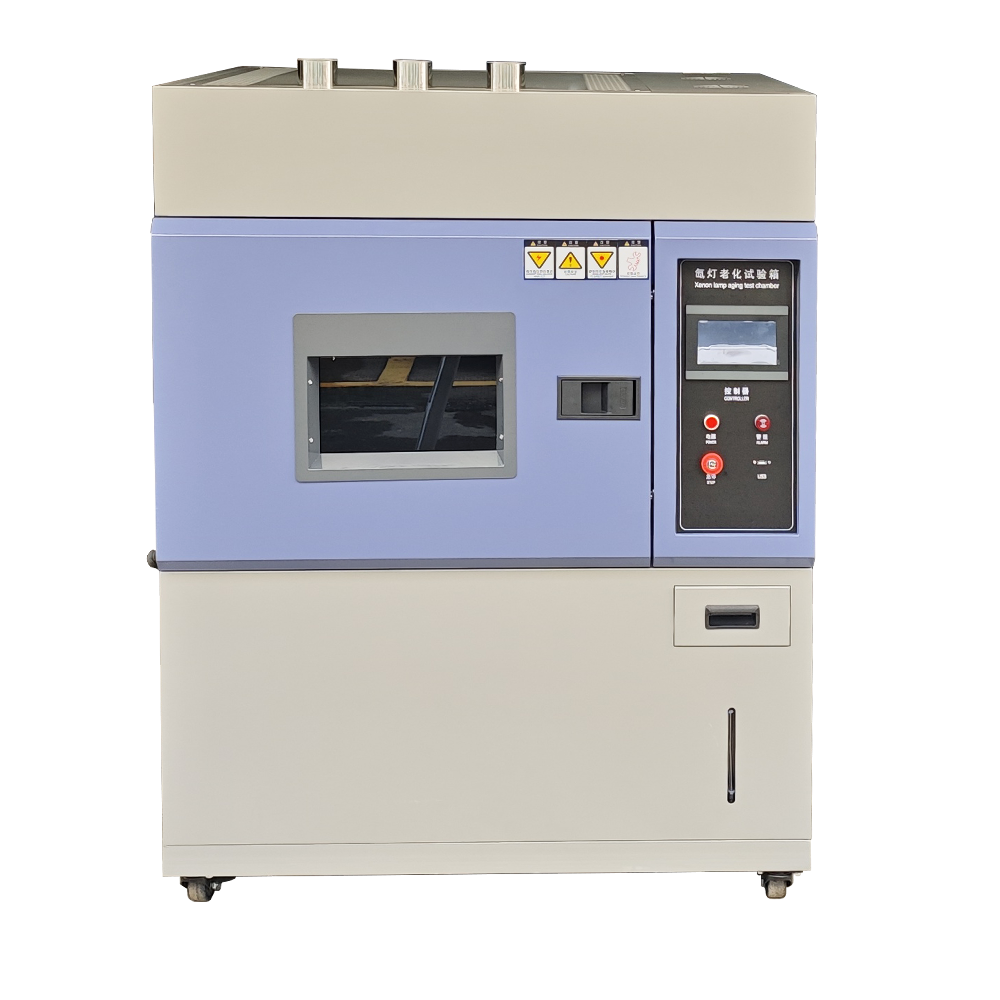
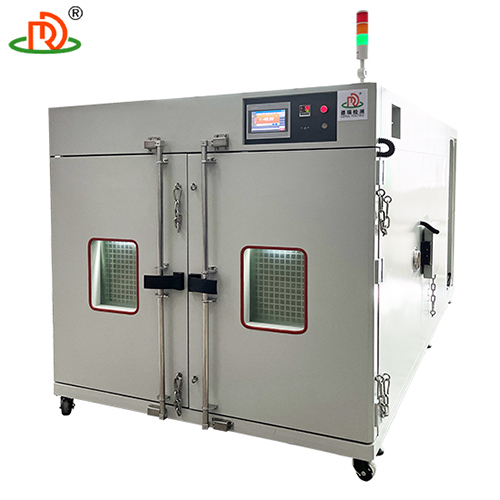
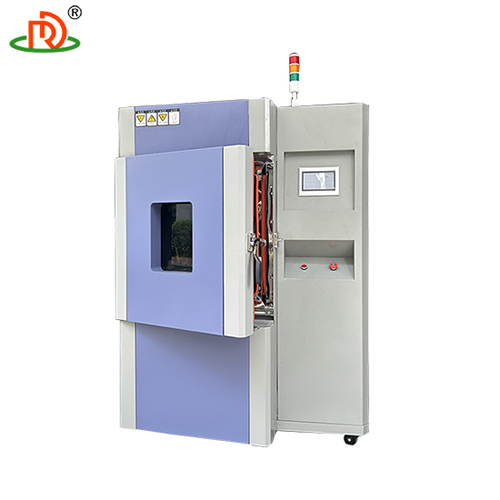
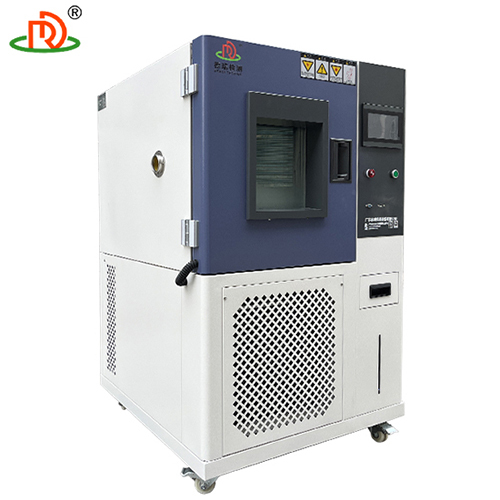

 English
English Spanish
Spanish French
French German
German Italian
Italian Chinese (Simplified)
Chinese (Simplified) Japanese
Japanese Korean
Korean Arabic
Arabic Portuguese
Portuguese